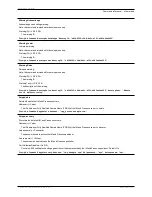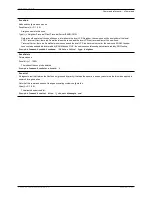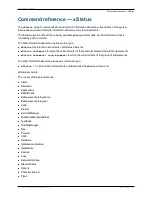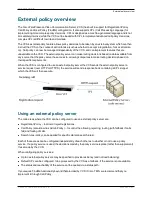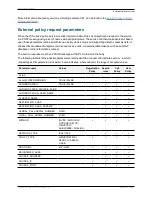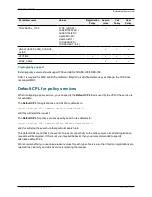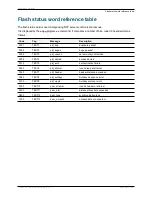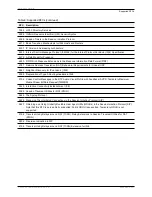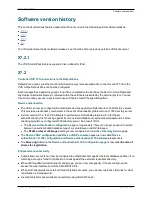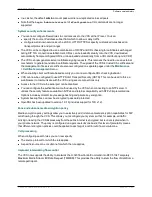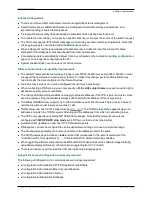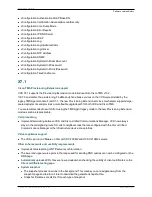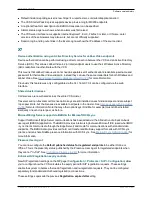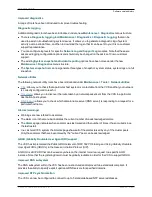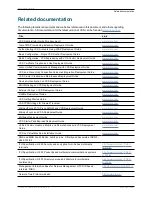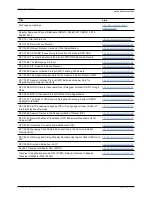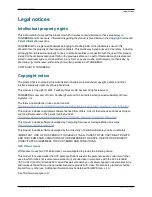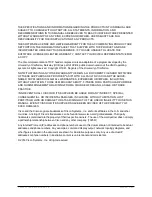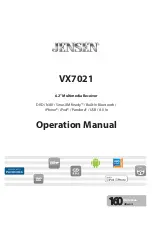
n
Default incident reporting server is now https://cc-reports.cisco.com/submitapplicationerror/
n
The VCS Starter Pack Express supports device provisioning for MX200 endpoints.
n
An optional free-form description of a B2BUA transcoder can be specified.
n
Alarms status page now shows when an alarm was first raised.
n
The VCS web interface now supports Internet Explorer 7, 8 or 9, Firefox 3 or later, or Chrome. Later
versions of these browsers may also work, but are not officially supported.
n
Session log in and log out entries in the Event Log now show the IP address of the source client.
X7
Device authentication using an Active Directory Service for Jabber Video endpoints
Device authentication can be performed using a direct connection between the VCS and an Active Directory
Service (ADS). This allows Jabber Video 4.2 (or later) endpoint users to use their Windows Active Directory
(AD) credentials to authenticate with the VCS.
This means that Jabber Video users do not need a separate set of authentication credentials (username and
password) for their Jabber Video endpoint - instead they can use the same credentials for both Windows and
Jabber Video. See
Using Active Directory database (direct) [p.123]
for more information.
Previously this feature was only configurable via the CLI, from X7.0 it can be configured via the web
interface.
Shared cluster licenses
Call licenses are now shared across the entire VCS cluster.
Traversal and non-traversal call license option keys are still installed on each individual peer and are subject
to per-peer limits, but the licenses are available to all peers in the cluster. See
License usage within a cluster
[p.160]
for more information. Note that any other option keys (FindMe, for example) must still be installed
identically on each cluster peer, as before.
Microsoft Edge Server support via B2BUA for Microsoft OCS/Lync
Support for Microsoft Edge Server communications has been added via the introduction of a back-to-back
user agent (B2BUA) application. The B2BUA provides interworking between Microsoft ICE (used when MOC
/ Lync clients communicate through the Edge Server) and media for communications with standard video
endpoints. The B2BUA also provides call hold, call transfer and Multiway support for calls with OCS/Lync
clients, and can share FindMe presence information with OCS/Lync. See
Microsoft Lync B2BUA [p.244]
for
more information.
Presence User Agent
You can now configure the
Default published status for registered endpoints
to be either
Online
or
Offline
. This is the presentity status published by the Presence User Agent for registered endpoints when
they are not "In-Call". See
Configuring Presence [p.240]
for more information.
Enhanced SIP registration expiry controls
New SIP registration settings on the
SIP
page (
Configuration > Protocols > SIP > Configuration
) allow
you to configure how the VCS calculates the expiry period for SIP registration requests. These settings
enable the system to balance the load of registration and re-registration requests. They can be configured
separately for standard and Outbound registration connections.
These settings supersede the previous
Registration expire delta
setting.
Cisco VCS Administrator Guide (X8.1.1)
Page 500 of 507
Reference material
Software version history

